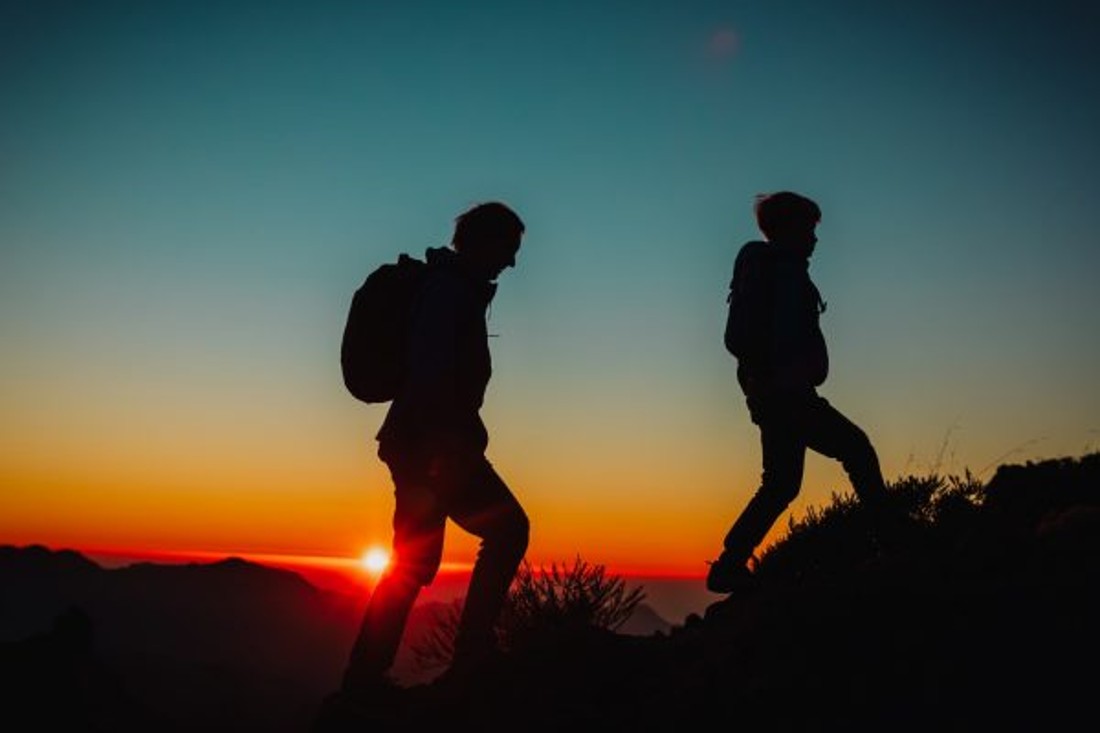5 Tips for Safely Hiking at Night

If you have an adventurous soul and love the thrill of exploring the great outdoors, night hiking may quickly become your new favourite pastime. Hiking at night can be a truly magical experience where mysteries come alive under the cover of darkness, but it also comes with challenges.
From navigating through dimly lit trails to ensuring your safety in unfamiliar surroundings, there are a few key tips every night hiker should know. In this article, we will provide five essential tips for safely hiking at night so you can fully embrace the nocturnal world’s beauty without compromising your well-being.
Understanding the Risks of Night Hiking
Night hiking presents challenges and potential hazards that hikers must know to ensure a safe and enjoyable experience. Common challenges in night hiking include limited visibility, difficulty in navigation, and increased potential for accidents. Potential hazards on the trail can range from uneven terrain and obstacles to encounters with nocturnal wildlife. By understanding these risks, hikers can better prepare and mitigate potential dangers.
Importance of Proper Planning and Preparation
Proper planning and preparation are crucial when it comes to hiking at night. Start by thoroughly researching the trail you plan to hike, considering its difficulty level and any potential hazards. Choose trails that are well-marked and familiar to you during daylight hours. Be sure to let someone know about your hiking plans, including your expected return time. Pack necessary supplies, including food, water, and extra layers of clothing. Check the weather forecast and dress accordingly to prepare for unexpected weather changes.
Essential Gear for Night Hiking
When hiking at night, having the right gear is vital for your safety and comfort. The most important piece of equipment is a reliable and powerful lighting source. A rechargeable flashlight is a great choice, providing a long-lasting and environmentally friendly solution. Additionally, investing in a quality headlamp or night vision goggles will free up your hands and allow for better visibility. Layering your clothing is crucial to adapt to changing temperatures, and carrying emergency supplies such as a first aid kit and a whistle is essential in case of unforeseen circumstances.
Tips to Enhance Vision in Darkness
Enhancing your vision in darkness is crucial for a successful night hike. Understanding your night vision and how it works can help you make the most out of your surroundings. Techniques such as allowing your eyes to adjust to the darkness, avoiding bright lights, and utilizing peripheral vision can improve your ability to see in low-light conditions. Dealing with light pollution, especially hiking near urban areas, may require finding darker trails or using filters to reduce the impact of artificial lights.
Navigating the trails after dark requires additional skills and strategies. Familiarize yourself with night navigation techniques, such as using landmarks, following blazes, and reading maps. Without visible trail markers, learning to navigate using stars and constellations can be a valuable tool. Trusting your other senses, such as sound and touch, can also help guide you through the darkness.
Wildlife Encounters: What to Expect and How to React
Encountering wildlife is possible when hiking at night, so it’s important to stay prepared and know how to react. Familiarize yourself with the common nighttime wildlife on the trails you will be hiking. Keep safe from any animals you encounter and avoid approaching or feeding them. Making noise while hiking can help alert animals to your presence and reduce the likelihood of surprises. Respecting the natural habitat and remembering you are a visitor in their territory is crucial.
Importance of Hiking in Groups at Night
Hiking in groups at night offers additional safety benefits. There is truth in the saying “safety in numbers.” Travelling with others increases the chances of assistance in emergencies or accidents. It is also helpful for communication and decision-making. When hiking in a group, it is important to establish clear guidelines and communicate effectively. Having multiple rechargeable flashlights within the group ensures everyone can access proper lighting.